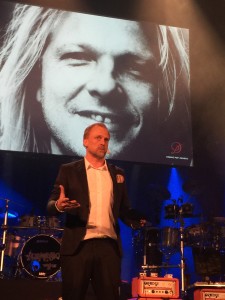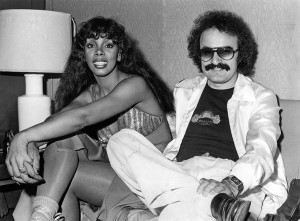Alex Gibney’s forthcoming documentary, “Steve Jobs: The Man in the Machine” is a well done hatchet job. It is virtually impossible to leave the film without feeling that Steve Jobs was a massive jerk. A man who proclaimed himself enlightened at age 18 because he had built a circuit board, he was by his early 20’s ripping off his best friend and essential collaborator Woz for 1000’s of dollars. From there he proceeds to deny paternity of his daughter, Lisa, claiming he is sterile and making out Lisa’s mother in court documents to be a promiscuous woman who could have sired the child with any number of men. (A court ordered paternity test put an end to that.) Still he balks at paying child support even though he is worth 200 million dollars and Lisa’s mother is living on welfare; eventually he coughs up 500 a week.
Then it’s on to ruining the personal lives of those foolish enough to drink his Koolaid and dare to be “insanely great.” Then we hear his views on philanthropy: “giving money away is a waste of time.” Not only does he not do it, he thinks it’s stupid. Then — hey ho — he is back pricing stocks so he can get options at a cheaper price and sell them for a greater profit, and when this comes to light he lets an underling take the fall, lying about his involvement in the scheme. Next he’s trying to prosecute the Gizmodo reporter who dared to write a review of the iPhone 4 that a hapless Apple employee left in a bar.
And finally we visit FoxConn, the Chinese factory where iPhones are assembled, learning that workers are paid 20 dollars a day and work in hazardous conditions while Apple makes 300 dollars profit on each phone. Oh, and the factory has to put nets outside the dorm windows so that workers don’t kill themselves by jumping out. And we see Jobs arguing that while it is sad that so many workers have killed themselves, the sample isn’t any greater than the number of suicides per 100,000 Americans.
The only explanation for this appalling behavior, other than that Steve Jobs was a FLAMING asshole, is that he didn’t know how to connect with people, and that drove him to invent devices that connected the world. He was a cold fish who made cuddly products.
There are two annoying things about the film. One is that Gibney suggests at the beginning that the reason he got into the project was that he was interested in all the people who cried when Jobs died and wondered why they were crying. This seems pretty disingenuous. People cry when youngish extremely talented people who seem somewhat saintlike die. Gibney really seems to have taken on the project to prove that people shouldn’t be crying for this man, because he was a jerk. The film proves his point. Which is fine. But don’t pretend it all began with an innocent question.
The second thing is that, like Eric Schlosser at the beginning and end of Fast Food Nation, Gibney asks us to consider the real cost of buying an iPhone (instead of a burger and fries), but then, after showing us the costs, he informs us that he still uses an iPhone. Come on man! Either don’t use that as a narrative trope or have the decency to forego the iPhone. You aren’t allowed to have it both ways.


